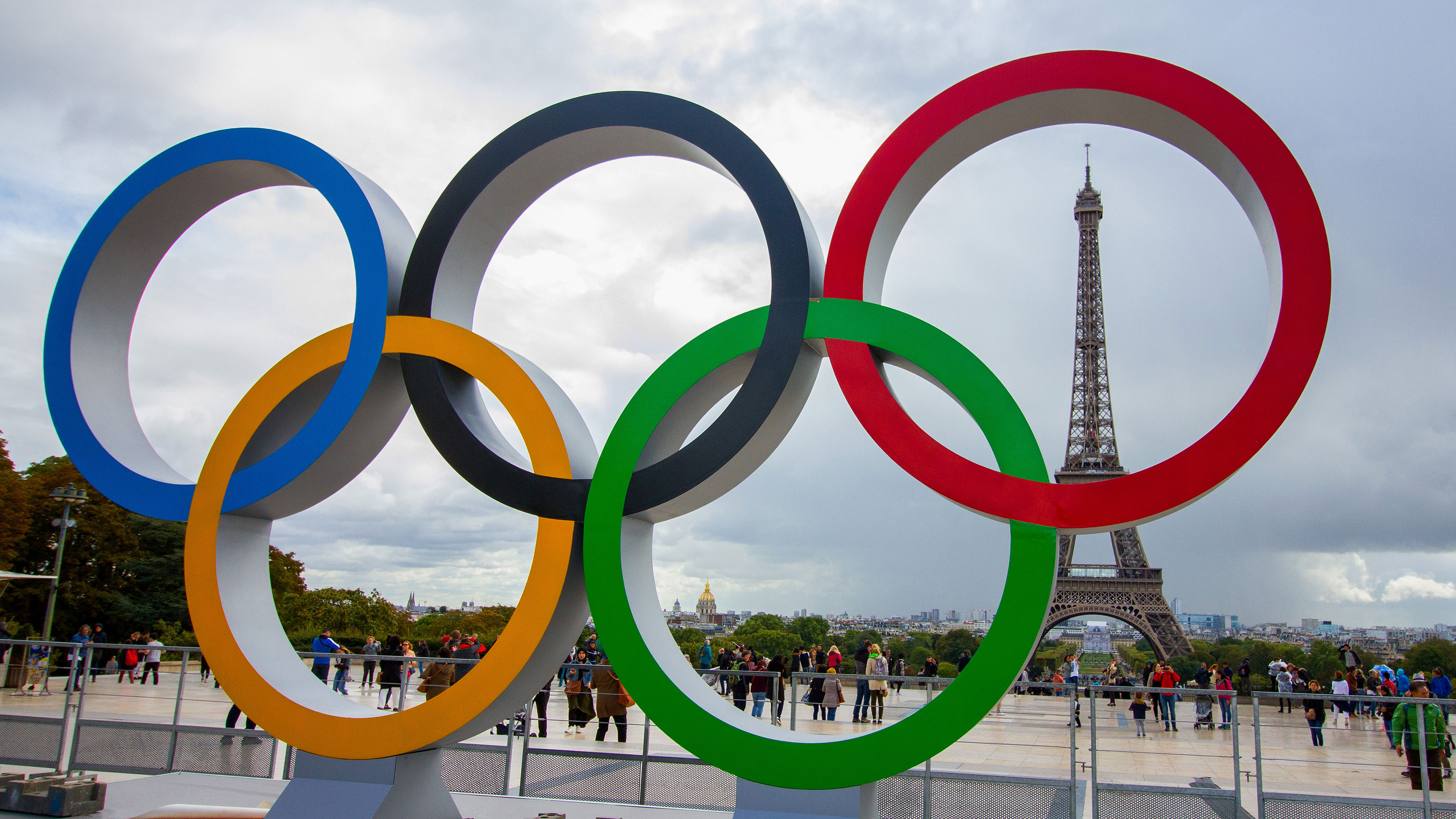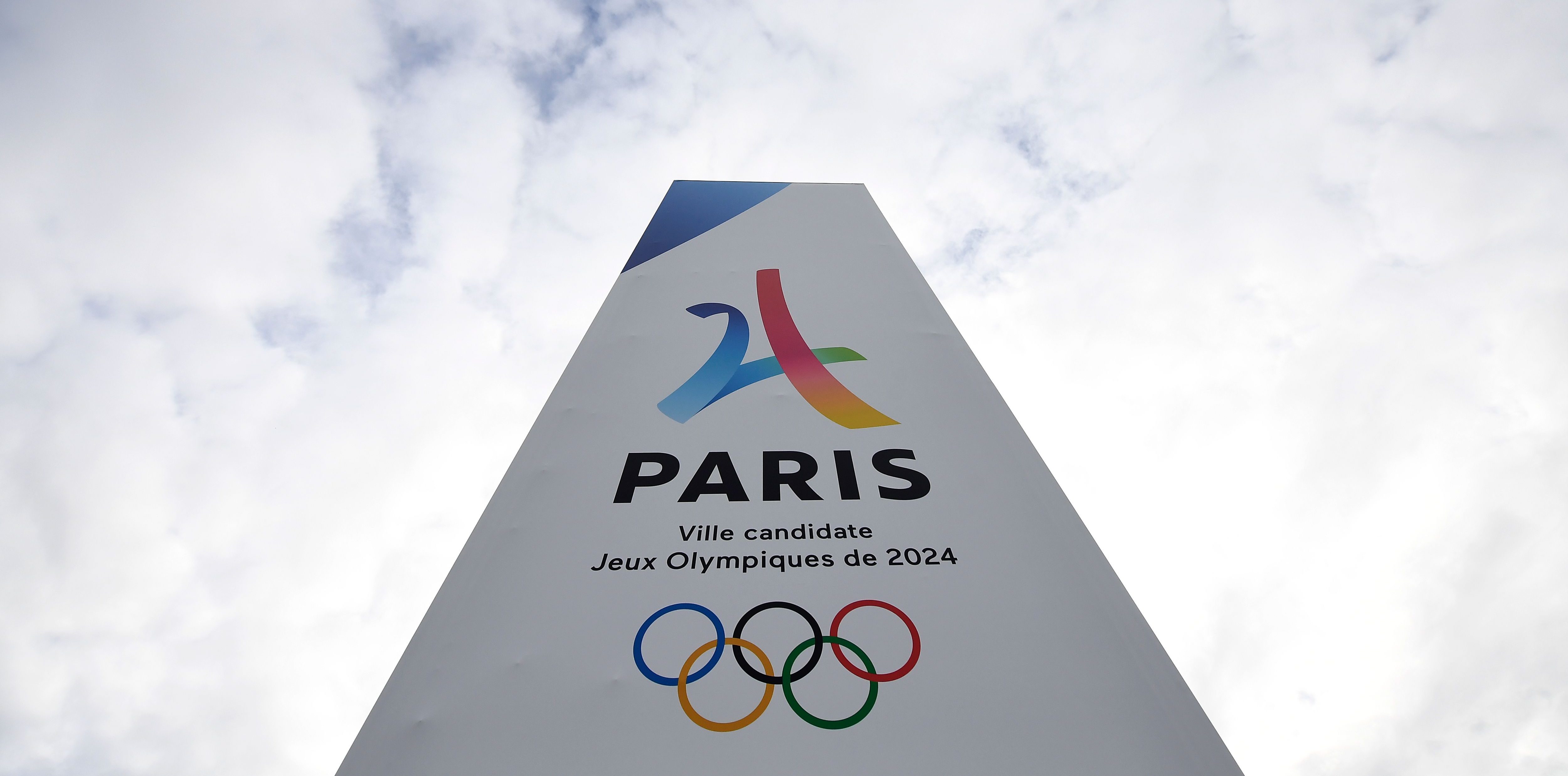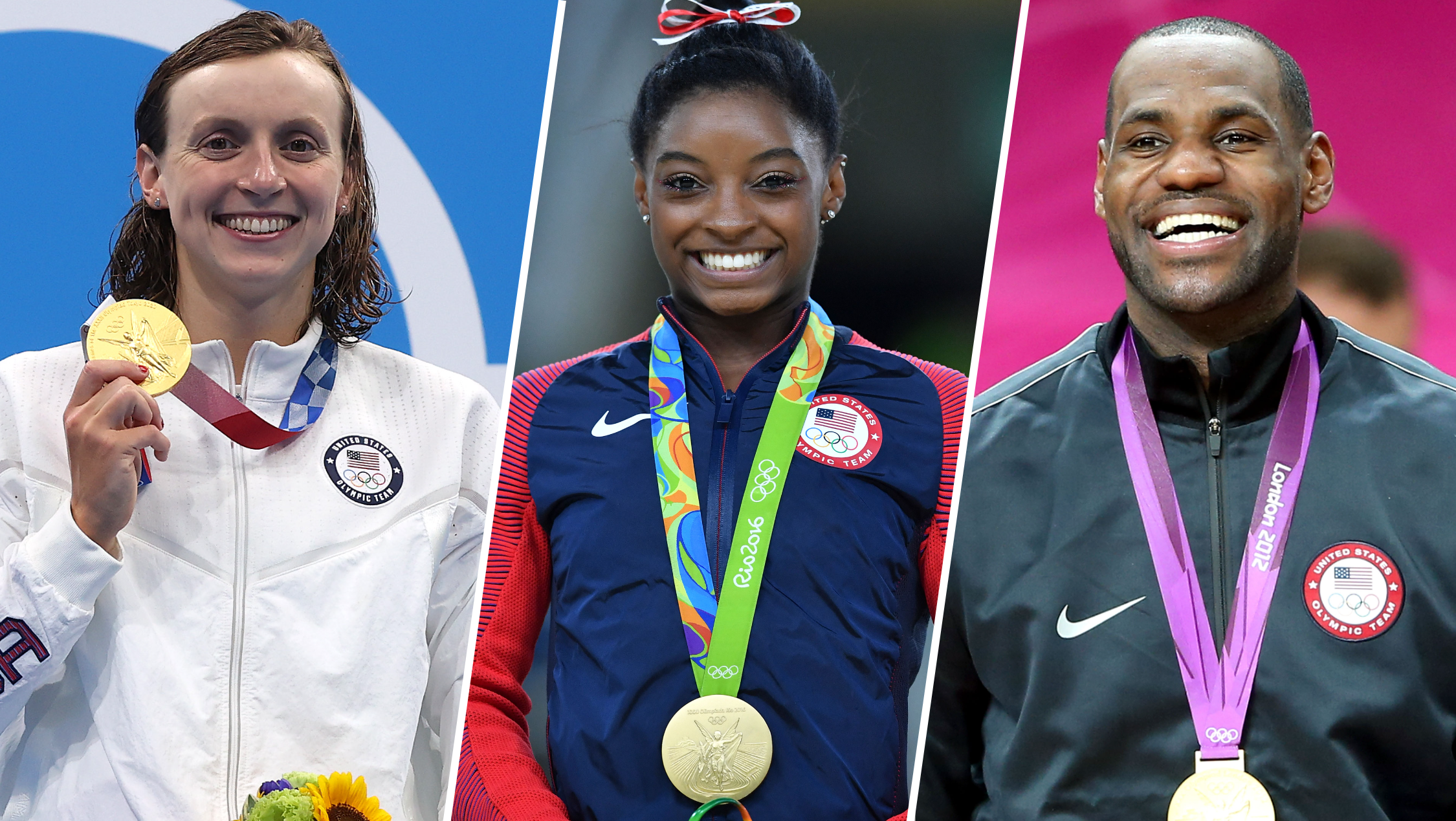The 2024 Paris Olympic Games will welcome back the fastest sport played on a tabletop: table tennis.
Have you called it ping-pong before? Excusez-Moi, but that is an Olympic faux pas. The sport is formally recognized internationally and Olympically as table tennis.
Confused? NBC Olympics breaks down the history of table tennis, and why you might have called it ping-pong.
The history of table tennis
The Hurricane season is on. Our meteorologists are ready. Sign up for the NBC 6 Weather newsletter to get the latest forecast in your inbox.
The advent of table tennis dates back to the late 1800s when the wealthy Victorians in England created an indoor version of lawn tennis using items around the house to assemble a makeshift tennis court. Rubber and cork balls were the common materials used in the first iteration of the table tennis ball.
As table tennis grew in popularity, sports equipment manufacturers and businesses filed patents related to the burgeoning game. In 1883, sports equipment company Slazenger, now known as the official ball sponsor of Wimbledon, filed a patent for a net in which table tennis was mentioned.
In 1901, the Table Tennis Association was formed in England, and just four days later, the Ping Pong Association was founded. Two years later, the two merged in a joint effort to promote the sport.
The sport of table tennis was ratified in 1926 after a series of meetings held in London and Berlin, which ultimately led to the formation of the International Table Tennis Federation (ITTF).
While the first World Championships were held the same year as the formation of the ITTF, table tennis did not debut at the Olympics until 1988 at the Seoul Games.

So, where did ping-pong come from?
Celluloid balls were introduced into the budding table tennis game in 1900. They produced the perfect bounce and became a staple of the table tennis equipment set.
Not only did the celluloid ball produce the perfect pop, but players and spectators alike became fascinated by the significant sound that emanated with each bounce off the paddle. People began to call the sport by that same distinct sound, and variants of the game's name started to sprout up, including whiff-whaff, pom-pom, clip-clap and ping-pong.
As the game became ubiquitous, two names prevailed: table tennis and ping-pong. To capitalize on the game, a company named J. Jaques & Son Ltd. trademarked "ping-pong" in 1901 and manufactured table tennis sets under the same name. In the 1920s, the game crossed the Atlantic Ocean. The Parker Brothers, creators of the board game Monopoly, acquired the rights to ping-pong and started distributing ping-pong sets in the states.

With the prevalence of ping-pong game on the shelves of local stores, ping-pong became a widely accepted and understood name for the game of table tennis. The term ping-pong has gone through what is referred to as a "genericide", when a brand name loses it's distinguishing identity and just refers to the product or service of its kind. It's akin to how people refer to tissues as "Kleenex," the brand name of a tissue.
Today, ping-pong refers to the recreational, leisure activity of the sport of table tennis. Table tennis is still the internationally recognized formal name of the sport.
Ping-pong's political and pop culture legacy
At the 1971 World Table Tennis Championships held in Nagoya, Japan, the Chinese team was under strict government orders not to interact with the Americans, as relations between the two countries had been tense since the start of the Cold War.
During the tournament, 19-year-old American table tennis player Glenn Cowan boarded the Chinese team's shuttle bus. Zhuang Zedong, the best Chinese table tennis team player, outstretched his hand to Cowan to shake, and the two started to communicate through an interpreter. By the end of the conversation, Zedong gave Cowan a picture of the Huangshan mountains in China. The next day, Cowan reciprocated Zedong's gesture and gifted him a t-shirt with the peace sign. Photographers captured the exchange, and the goodwill between the countries became international headlines. Before the tournament concluded, the U.S. table tennis team was met with a surprising offer – an all-expense paid trip to China, courtesy of the Chinese government and Chairman Mao.
After getting clearance from the government and President Nixon, nine U.S. table tennis players traveled to China to play exhibition table tennis matches. These "friendship matches," as they were called, marked the first time Americans visited China in decades and historically helped improve country and cultural relations. President Nixon documented the momentous sporting occasion in his memoir, and thus, the term "ping-pong diplomacy" was born.

The visit to China has been recorded in countless publications and reenacted in the 1994 film "Forrest Gump." The fictional character Forrest Gump found himself on disabled leave from the Vietnam War and picked up what he called ping-pong.
"I was so good that some years later, the Army decided I should be on the All-America ping-pong team," said Forrest Gump in the film.
The name ping-pong inspired the virtual world, when video game manufacturer Atari developed the game "Pong." The game was the digital version of table tennis, and the name derives from ping-pong. "Pong" was the first commercially successful video game and changed gaming forever.
Beside the silver screen and the digital game front, ping-pong is still regularly referenced to this day, on TV, at your local recreation center, and even in song – thanks to musical artist Enrique Iglesias, who sampled the sound of a table tennis ball bounce in a song. The song is aptly titled, "Do You Know? (The Ping Pong Song)." It's a surprise that Iglesias used the sound of a table tennis ball, not a tennis ball, as Iglesias's partner is former Olympic tennis participant Anna Kournikova.
So, this summer, as the top table tennis players take to the court during the 2024 Olympics, make sure to remember that it's table tennis, NOT ping-pong.
Unless of course, you're Forrest Gump.





